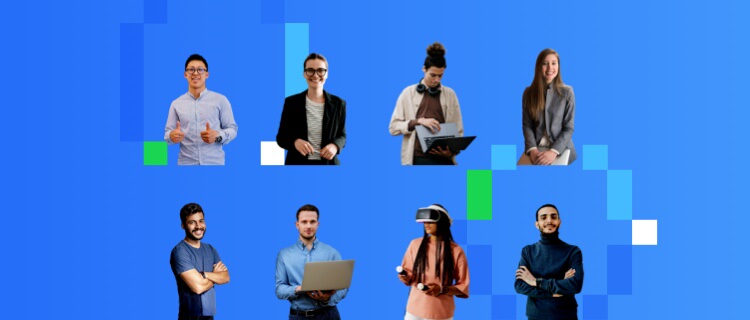Accelerate AI model training on GPU clusters
Posted: May 20, 2024
 Alibaba Cloud Bao
Alibaba Cloud Bao
Accelerating AI model training on GPU clusters presents a revolutionary approach to machine learning tasks. By harnessing the vast computational power of GPU clusters, AI training becomes significantly more efficient, leading to rapid model development times and improved performance. This article intricately explores techniques and strategies for optimizing AI model training on GPU clusters.
Understanding GPUs and their importance in AI
One cannot discuss accelerating AI model training on GPU clusters without understanding GPUs themselves. Graphics Processing Units (GPU) are processors specifically designed for handling the workload related to graphics rendering. In recent years, the technology is leveraged immensely in the field of artificial intelligence (AI) for its ability to perform complex computations faster than conventional CPUs (Central Processing Units). The GPU's architecture allows it to operate thousands of lighter threads simultaneously. This is particularly advantageous in the field of AI and machine learning, where the ability to perform many calculations simultaneously significantly improves model training time.
In the AI industry, model training is perhaps the most resource-intensive step in the entire process, involving millions, if not billions, of calculations. GPUs, with their high parallel processing capabilities, provide a solution to this bottleneck, allowing models to be trained much faster than traditional methods. In essence, GPUs have become enablers for complex AI models, making real-time processing a reality.
What is a GPU Cluster and why use them?
A GPU Cluster is essentially a server filled with multiple GPU cards, connected in such a way that they can work synchronously, effectively pooling their computational power. The efficiency of GPU clusters in handling large mathematics-heavy workloads has led to their rise in popularity across areas demanding high computational power.
By leveraging GPU clusters, organizations can reduce the time needed to train AI models, improving their ability to deploy updated models quickly and efficiently. These clusters also allow data scientists to experiment with more complex models, as the increased computational power allows for faster feedback on model performance. Essentially, the use of GPU clusters places fewer constraints on the Artificial Intelligence model's complexity, promoting more advanced AI developments.
The Role of Distributed Computing with GPUs
Distributed Computing involves spreading workloads across multiple machines to accelerate computation times and improve system resilience. It plays a vital role in accelerating AI model training on GPU clusters. Through distributed computing, the training process is divided among many GPUs, enabling them to work in parallel, leading to faster computational speeds. Consequently, the model training process can be significantly accelerated, thereby enabling quick iterations and prompt results.
While setting up efficient distributed computing systems can be complex, it becomes essential when working with larger AI models and datasets. Numerous tools and frameworks such as TensorFlow, PyTorch, and Apache MXNet have been developed, specifically designed to facilitate and streamline distributed computing for neural network training.
Specific Strategies to Optimize GPU Usage
Aside from harnessing the power of distributed computing and GPU clusters, there exist specific strategies to further optimize GPU usage for AI training tasks. These include managing memory efficiently by batching your data and optimizing your computations, ensuring that your GPUs are utilized to their full capacity and avoid bottlenecks.
Other strategies could include using mixed-precision training, which uses both single-precision and half-precision floating-point formats during model training. This can improve training speed and model performance without significantly reducing model accuracy.
Conclusion: The Future of AI Training
As we move forward, the ability to accelerate AI model training on GPU clusters signifies a significant step forward for the evolution of machine learning. With the continuous advancement in AI and GPU technologies, faster and more efficient model training will become a norm, empowering organizations to innovate quicker and deliver more value to their users.
Regardless of the industry, a well-optimized workflow for GPU-based AI model training can make all the difference. Continued research and learning are crucial to unlock the full potential of GPU clusters and transform how we deploy cutting edge AI solutions.

 Was this Helpful?
Was this Helpful?

Join Alibaba Cloud Online Group Chat
Stay updated on campaigns, events, new products, and more
Support for all your questions

A comprehensive suite of global cloud computing services to power your business
Payment Methods We Support
- About About
- About Alibaba Cloud
- Pricing Models
- Products
- Customers
- Partners
- Startups
- Apsara Conference
- Alibaba Cloud Summit
- Promotions Promotions
- Free Trial
- Simple Application Server
- Explore Explore
- China Gateway
- ICP License Support
- Getting Started
- Blog
- Marketplace
- Training & Certification














